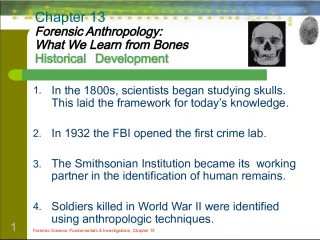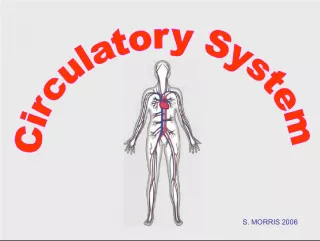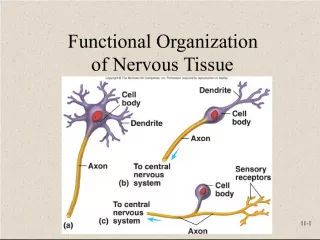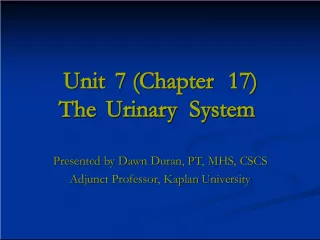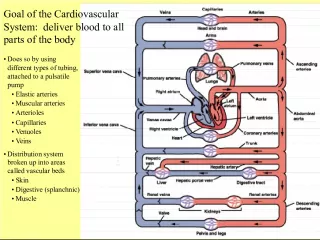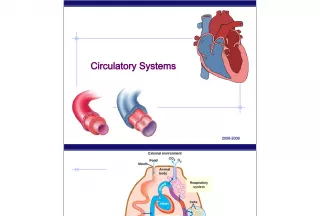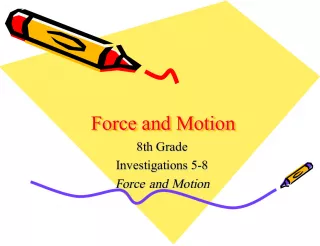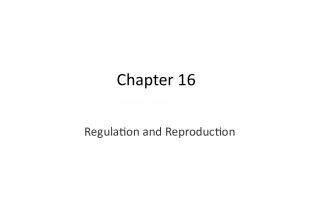The Importance of the Circulatory System in Forensic Investigations


The circulatory system delivers oxygen and nutrients to cells while removing waste products, making it crucial in life and death. Understanding its functions is vital in forensic investigations.
- Uploaded on | 2 Views
-
 mstislav
mstislav
About The Importance of the Circulatory System in Forensic Investigations
PowerPoint presentation about 'The Importance of the Circulatory System in Forensic Investigations'. This presentation describes the topic on The circulatory system delivers oxygen and nutrients to cells while removing waste products, making it crucial in life and death. Understanding its functions is vital in forensic investigations.. The key topics included in this slideshow are . Download this presentation absolutely free.
Presentation Transcript
1. The Circulatory System And the Forensic Implications of Human Anatomy
2. The Circulatory System: Because blood is so vital to sustaining life, this system is very important in a death investigation O What it does: O Pumps blood throughout the body, delivering oxygen and nutrients to cells O When cells absorb O 2 from blood, they release CO 2 and other wastes into the blood O These wastes are then released into other organs - such as the kidneys and liver - for elimination
3. Organs of the Circulatory System O The heart O Blood O Arteries O Veins O Capillaries
4. Blood flow through the heart:
5. http://www.pbs.org/wnet/redg old/journey/circulation.swf
6. The system is divided into two pathways: Systemic Pathway Pulmonary Pathway O The heart pumps oxygenated blood from the left atrium to the left ventricle through arteries O This blood is exchanged through capillaries to reach each cell in your body O Cells absorb oxygen throughout body and release wastes O Veins carry deoxygenated blood, CO 2 , and other wastes back to the heart (right atrium) O Veins carry deoxygenated blood back to the right atrium of the heart O This blood is pumped through the right ventricle and goes to the lungs through the pulmonary arteries O The lungs have capillaries and tiny alveoli where the blood becomes oxygenated O The oxygenated blood flows from the lungs and back into the left ventricle of the heart
7. Warm-Up O Spend the next 5 minutes looking through your portfolios especially the guided notes. O On your portfolio, choose a spot and write the date (4/29/13) O Then, write at least 3 questions you may have about anatomy or forensic anthropology we will review before the quiz
8. Forensic Anthropology Review O Take out your Forensic Anthropology packets from 4/15/13 O You will be getting into your expert groups O Spend a few minutes reviewing your article and questions O Together, you will create a poster to present to the rest of the class O As each group presents, you must take notes this will help you on the quiz!
9. Teaching Checklist Stuff to Include on Your Posters: O Know your vocabulary O Be ready to explain the main take-aways from your article O What methods do forensic anthropologists use? O What kinds of observations do they make? O Be able to explain diagrams and charts O Discuss the questions, confusions, or points of disagreement from your expert groups your home group members may have the same questions or disagreements O Show your home group members how you answered your questions, not just the answers O What was your evidence and reasoning?
10. A B C Take some time right now to write your observations about these three different types of muscles in the human body. We will learn why they each look different and how they function during next class.
